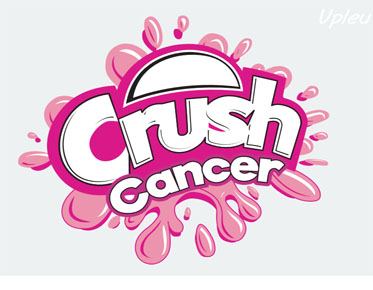Vector Artistry Unleashed: Pushing the Boundaries of Vector Graphics
In the ever-evolving world of digital art, vector graphics have emerged as a powerful medium for artists to express their creativity. While vector art has been around for quite some time, recent advancements in technology and software have unleashed a new era of possibilities in vector artistry. In this blog post, we will explore the exciting world of vector artistry and how artists are pushing the boundaries of this medium.
What are Vector Graphics?
Before we dive into the exciting realm of vector artistry, let's clarify what vector graphics are. Unlike raster images (like JPEGs or PNGs), vector graphics are not composed of pixels. Instead, they are created using mathematical equations that define paths, shapes, and colors. This fundamental difference gives vector graphics several distinct advantages:
Scalability: Vector graphics can be resized infinitely without losing quality, making them ideal for various applications, from tiny icons to massive billboards.
Precision: Artists can create crisp and precise lines and shapes, which is especially valuable for logos, illustrations, and design work.
Editability: Vector files can be easily edited and manipulated, allowing artists to make changes without compromising quality.
Small File Sizes: Vector files are typically smaller compared to their raster counterparts, making them ideal for web design and other digital applications.
The Evolution of Vector Artistry
Vector artistry has come a long way since its inception. Initially, it was primarily used for technical drawings and illustrations. However, as digital art software and tools have advanced, artists have harnessed the full potential of vector graphics to create stunning and imaginative pieces of art. Here are some ways vector artistry has evolved:
● Complex Illustrations: Artists are no longer limited to simple shapes and lines. They can create intricate and detailed illustrations with vector graphics, pushing the boundaries of what was once thought possible.
● Experimental Styles: Vector artists have embraced a wide range of styles, from minimalistic and geometric designs to abstract and surreal creations. The flexibility of vector graphics allows for endless experimentation.
● 3D Vector Art: Advancements in software have enabled artists to create 3D vector art that gives the illusion of depth and dimensionality, blurring the lines between traditional vector and 3D art.
● Interactive and Animated Vector Art: Vector graphics are increasingly used in interactive media and animation, providing engaging and dynamic visual experiences in websites, games, and apps.
Tools of the Trade
To explore the full potential of vector artistry, artists rely on a variety of software tools. Adobe Illustrator, one of the most popular vector design applications, offers a wide range of features for creating vector graphics. Other software options like CorelDRAW, Inkscape, and Affinity Designer also provide robust vector design capabilities.
In addition to software, digital artists often use graphics tablets and styluses to achieve greater precision and control in their vector work. These tools allow for natural and fluid drawing, mimicking the feel of traditional art media.
Pushing the Boundaries
Vector artists are constantly pushing the boundaries of what can be achieved with this versatile medium. Here are some ways they are doing it:
● Blend of Realism and Surrealism: Some artists are combining the precision of vector graphics with surreal and dreamlike elements, resulting in visually stunning and thought-provoking pieces.
● Vector Portraits: Portraiture in vector art has become incredibly detailed and lifelike, challenging the notion that vector graphics are limited to simple shapes.
● Mixed Media: Artists are incorporating vector graphics into mixed media projects, combining digital and traditional art techniques for unique and textured results.
● Interactive Installations: Vector art is making its way into physical spaces through interactive installations, merging the digital and physical worlds in immersive ways.
Conclusion
Vector artistry has come a long way from its origins and continues to evolve as artists explore new possibilities and push the boundaries of this versatile medium. Whether it's through complex illustrations, experimental styles, 3D vector art, or interactive installations, vector graphics offer endless opportunities for creative expression. As technology advances further, we can only anticipate even more exciting developments in the world of vector artistry, inspiring artists to unleash their creativity like never before.

